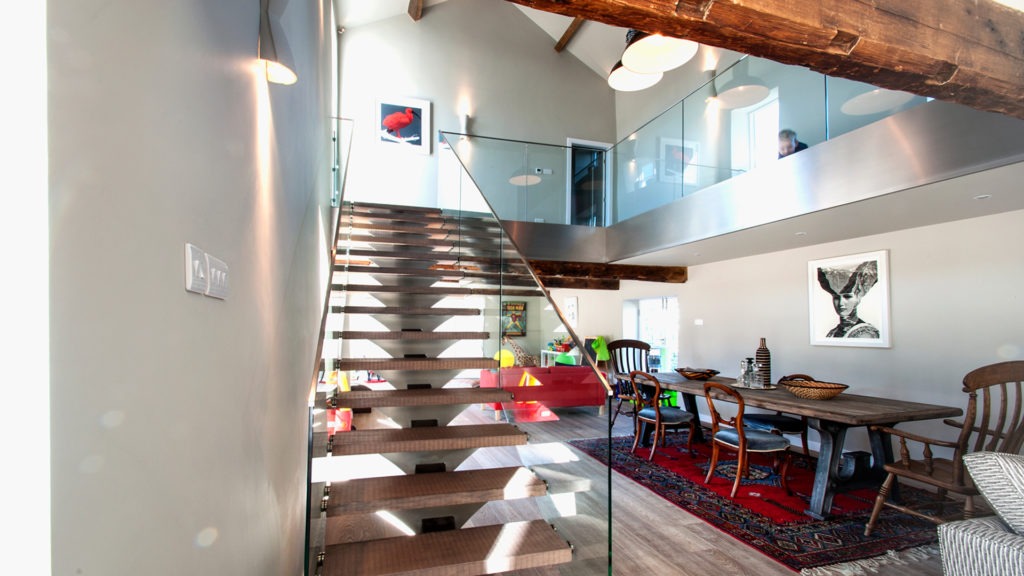
Change in a heritage setting? Change can happen in a listed building or conservation setting. As the owner or manager of a listed building you are considered to be the current guardian of a national heritage asset. In this role you can expect support and you could consider yourself a champion of the legacy to be passed on.

Change in a heritage setting?
Change can happen in a listed building or conservation setting.
As the owner or manager of a listed building you are considered to be the current guardian of a national heritage asset. In this role you can expect support and you could consider yourself a champion of the legacy to be passed on. With this come certain responsibilities. Primarily you have an obligation to ensure that there is no harm caused to the building or its setting. This requires care and attention. Often you need to think about how you can fit you and your operation to the building as much as how you can alter the building to fit you.
You will need to identify the significance, identify the opportunity, and come up with a strategy so that what you end up with is preserved and enhanced. Once you are aligned with this philosophy you will be amazed at what can be done in a heritage setting with well-considered conservation-led architecture, and it can be high quality contemporary design and new development too. Often it is contemporary interventions that are the most appropriate and effective in realising the full potential and gaining listed building consent.
How do you get consent?
Whether you seek a change of use, refurbishment, extension or new build adjacent to a listed building the advice is the same. To instigate a change in a conservation or heritage setting you need to justify that change in relation to the significance of the listed building and any impact on it. You need to appoint and hire the right people with the right expertise, skill and knowledge to guide you through.
Once you have an understanding of the history and physical make-up of the structures and their significance proposals for repairs, alterations, interventions and additions can be considered against the potential to preserve and enhance the building and its setting and indeed if any harm is being caused. A case can then be made for change and put forward for listed building consent.
What is the process for change in a heritage setting?
Information is the key, interpretation and response is where the answer lies. This is a constant throughout the design and construction process. In the early stages desktop and archive research along with site investigations will be required to gather an understanding of the history of change throughout the life of the building. Condition surveys will be required to establish any maintenance or remedial work required.
A detailed strategy for the proposed works will need to be established prior to any application for listed building consent so that as much of the anticipated works are encapsulated. Pre-application consultations with the local conservation department, interest groups and Historic England are advisable. Further surveys or detailed analysis may be required by specialists to provide evidence or determine appropriate specifications.
Once permission is secured a detailed tender can be produced and a suitably skilled contractor appointed. This should be carried out under a robust construction contract and full supervision so that change can be controlled throughout the build programme, because historic buildings will reveal essential repairs and other surprises as works progress. When you instigate change the building will too.
At the end of the project all the information gathered in the process should be gathered into a file for future guardians along with a maintenance plan and a conservation plan for any future work that may be required.
All that is left is to get on and reap the reward from your investment and enjoy the enhanced legacy. And of course nurture and preserve that legacy for the next generations.
If you would like to talk about plans you have for change in a heritage setting please contact me.